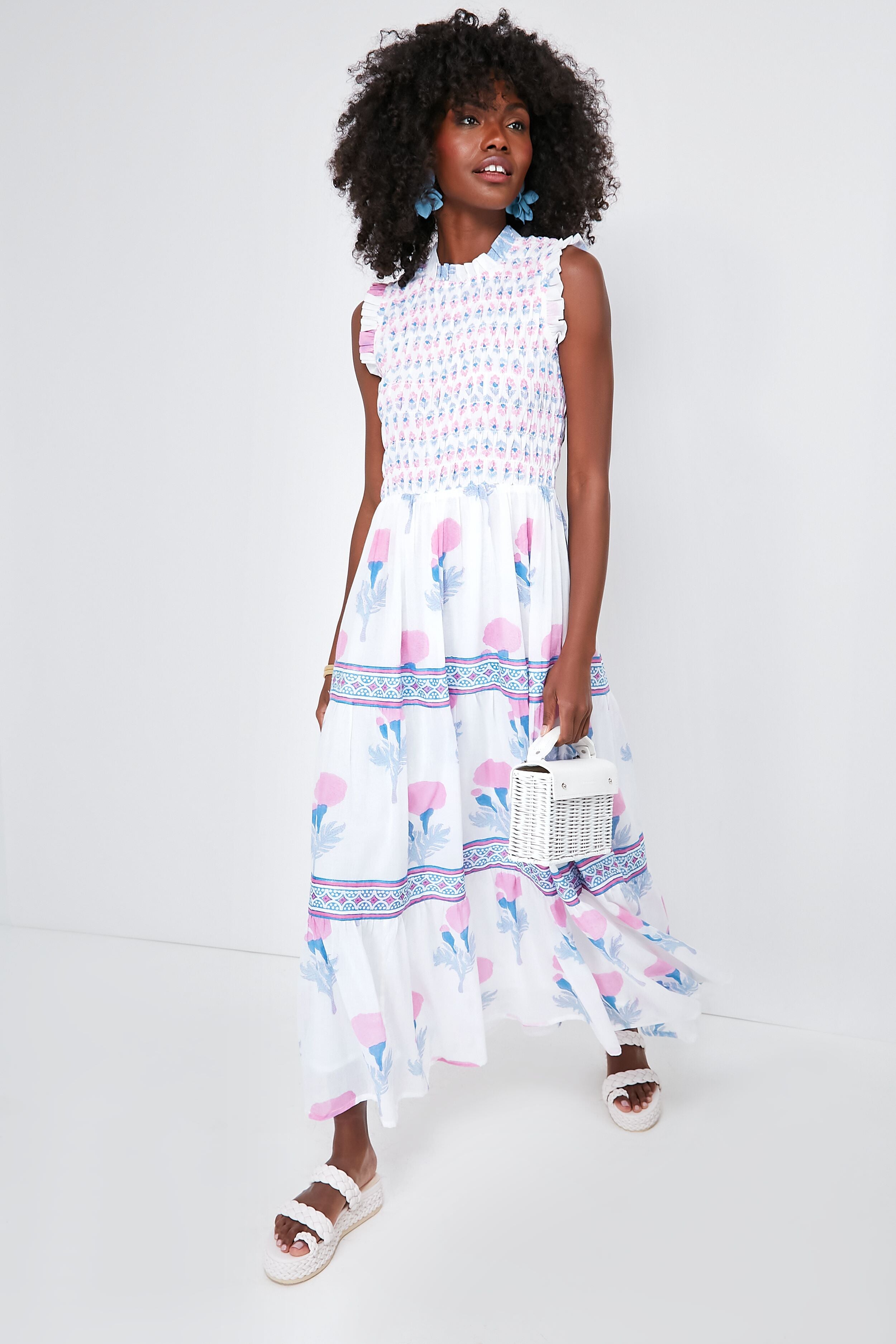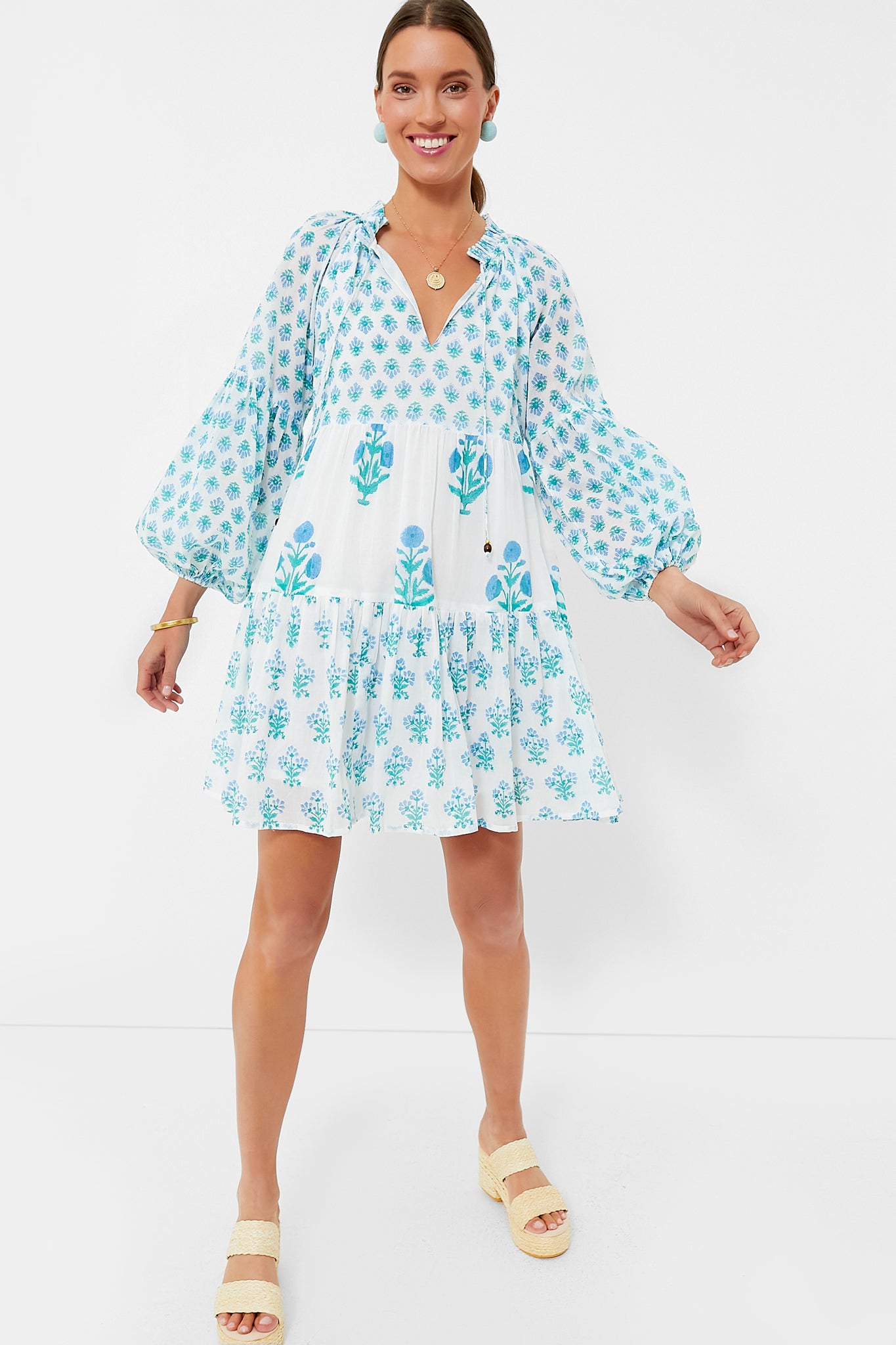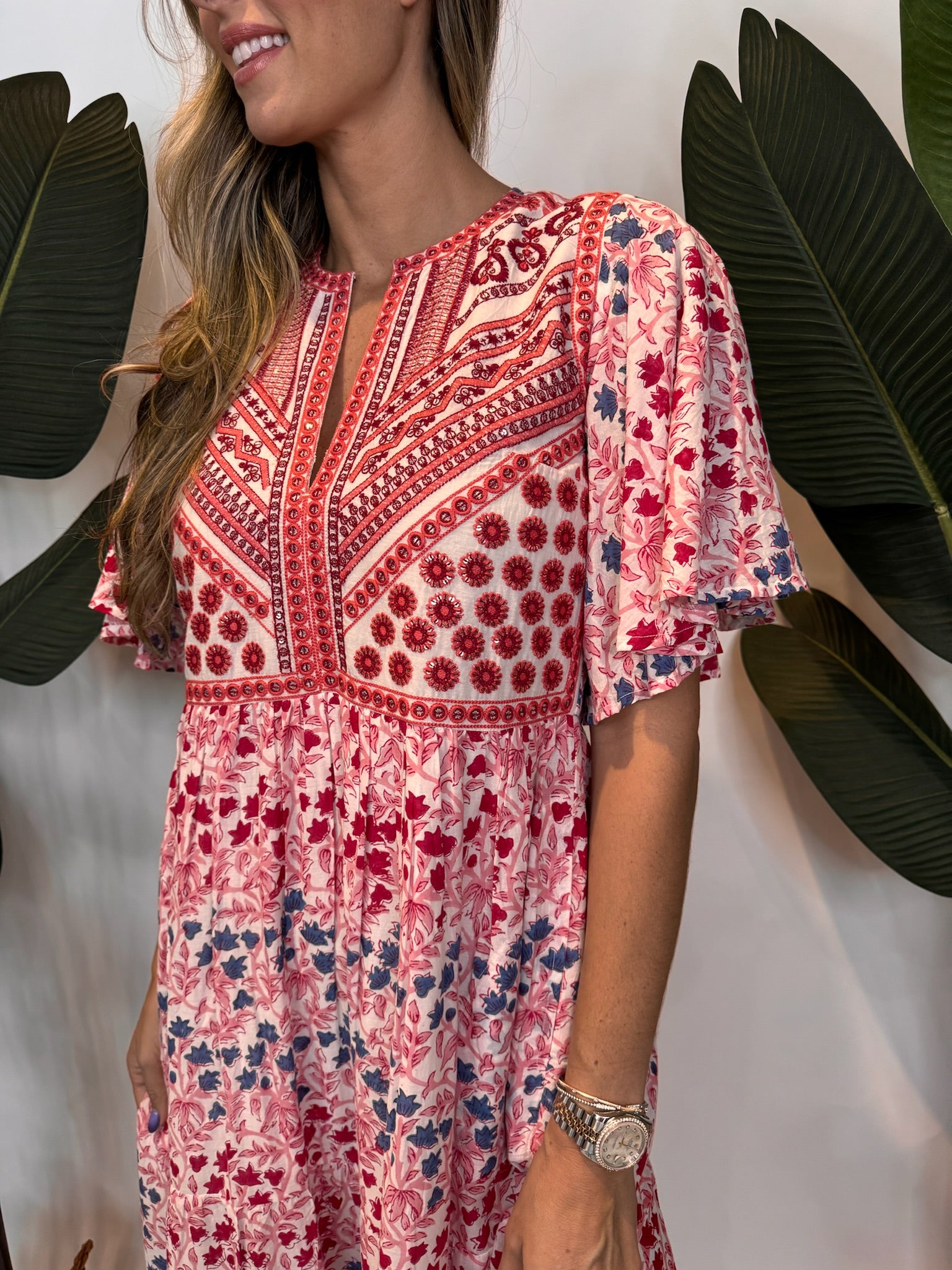How to Style an Oliphant Dress for Effortless Elegance
Elegance is not about being noticed; it is about being remembered. This principle finds its perfect expression in the Oliphant dress, a garment designed to embody sophistication through simplicity. The challenge many face is not in acquiring such a piece but in unlocking its full potential. The Oliphant dress serves as a canvas, and the art lies in the styling. We will explore how to transform this singular item into a versatile cornerstone of a refined wardrobe, moving beyond fleeting trends to establish a personal aesthetic of enduring grace. The goal is to achieve a look that appears naturally polished, as if no effort was required, when in fact, it is the result of thoughtful consideration and strategic choices.

Understanding the Foundation: The Silhouette and Fabric of the Oliphant Dress
The journey to effortless elegance begins with a deep appreciation of the garment’s intrinsic qualities. An Oliphant dress is typically characterized by its clean lines, minimalist design, and high-quality fabric. The silhouette often leans towards the A-line or shift dress, styles celebrated for their ability to flatter a wide range of body types without constriction. This design philosophy aligns with the principles of modernist fashion, where the focus is on form and function. As the renowned designer Coco Chanel once implied, luxury lies in simplicity, not in ornamentation. The fabric choice is paramount; a well-constructed Oliphant dress might utilize materials like double-faced wool, heavy silk crepe, or high-grade cotton. These textiles are not chosen arbitrarily. Scientifically, the drape of a fabric—how it falls and flows over the body—is determined by its weight, weave, and fiber content. A heavier, tightly woven fabric like wool gabardine will create a sharp, structured silhouette, while a fluid silk charmeuse will offer a softer, more romantic drape. Understanding this relationship between cut and material is the first step in styling. It allows you to predict how the dress will interact with other elements, such as belts or layers, and ensures that any additions enhance rather than fight the dress’s natural elegance. This foundational knowledge empowers you to make informed decisions, moving you from simply wearing a dress to mastering it.
The Power of Monochrome and Strategic Color Pairing
Color is one of the most powerful tools in your styling arsenal, and its application to the Oliphant dress requires a strategic approach. A monochromatic scheme—pairing the dress with accessories and outerwear in the same color family—is a virtually foolproof method for achieving a sophisticated, elongated look. This technique has a basis in visual perception; creating an unbroken line from head to toe makes the wearer appear taller and slimmer. For instance, a navy Oliphant dress paired with navy heels and a navy blazer creates a cohesive and powerful statement. However, effortless elegance also allows for calculated contrast. The key is to choose a single accent color that complements rather than competes. Referencing the color wheel, analogous colors (those next to each other, like blue and green) or complementary colors (those opposite each other, like red and green, used sparingly) can create dynamic yet harmonious outfits. The viewpoint from authoritative fashion institutions, such as the Fashion Institute of Technology, often emphasizes that color pairing should aim to balance the overall composition. A neutral Oliphant dress provides the perfect backdrop for a bold pop of color in a handbag or a pair of shoes. This approach is less about following rigid rules and more about developing an eye for balance. It’s the difference between an outfit that looks “put together” and one that looks intuitively, effortlessly right.

Mastering the Art of Accessorizing: Less is Inherently More
If the Oliphant dress is the melody, accessories are the harmony. The wrong accessories can create dissonance, while the right ones elevate the entire ensemble to a symphony of style. The guiding principle for accessorizing a minimalist dress is intentional curation. A statement necklace or a pair of chandelier earrings can be stunning, but they should be the sole focal point. Pairing both together often leads to visual clutter, undermining the dress’s inherent elegance. Instead, consider the power of understated pieces. A single, well-crafted leather belt can define the waist and add a touch of personality. A silk scarf tied around the neck or on a handbag introduces pattern and movement without overwhelming the senses. The opinions of style icons like Carolyn Bessette-Kennedy, celebrated for her minimalist elegance, often highlighted the impact of precision in accessory choice. From a practical standpoint, investing in a few high-quality, versatile accessories—a classic watch, a structured handbag, elegant stud earrings—yields a higher return than a collection of trendy, disposable items. These pieces become the reliable tools you use to subtly alter the mood of your Oliphant dress, taking it from a daytime meeting to an evening dinner with a simple swap of jewelry and footwear. This approach not only simplifies your morning routine but also cultivates a personal style that is coherent and authentic.
Layering for Depth and Versatility Across Seasons
A common misconception is that a dress offers limited styling options. On the contrary, a versatile piece like the Oliphant dress becomes a year-round wardrobe staple through strategic layering. The objective is to add depth and texture while maintaining the clean lines that define the dress’s elegance. For cooler months, a finely knit turtleneck worn underneath the dress creates a sophisticated, intellectual look, adding warmth and a tactile contrast between the knit and the dress’s smooth fabric. Alternatively, a tailored blazer or a long-line trench coat thrown over the shoulders provides structure and authority. In spring and autumn, a cashmere cardigan or a lightweight leather jacket can offer just the right amount of coverage while introducing an element of casual cool. The logic behind successful layering is rooted in proportion and fabric weight. A heavy, chunky sweater under a delicate slip-style Oliphant dress would be visually overwhelming, whereas a thin, sleek layer complements it perfectly. This technique transforms the dress from a single-season item into a perennial favorite, maximizing its cost-per-wear and aligning with a more sustainable, conscious approach to fashion. It demonstrates that elegance is not about having a vast wardrobe, but about possessing the knowledge to creatively maximize a few exceptional pieces.

The Final Touch: Footwear and Finishing Details
The choice of footwear can decisively steer the overall impression of an outfit. With an Oliphant dress, the shoe should act as an extension of the aesthetic you wish to project. For a look of pure, unadulterated elegance, a classic pump in a neutral color is unparalleled. It elongates the leg and provides a timeless finish. For a more contemporary, relaxed vibe, a clean, minimalist sneaker or a flat leather loafer can create an interesting and stylish juxtaposition against the dress’s refined silhouette. This “high-low” mixing is a technique often seen on fashion platforms like Vogue Runway, where designers play with formality to create modern, relatable looks. Beyond shoes, the finishing details—often overlooked—are what truly signify effortlessness. This includes well-maintained hair, a subtle yet distinct fragrance, and impeccable grooming. As the author Nancy Mitford wrote, “The great advantage of being a well-dressed woman is that you can go anywhere and do anything without a second thought.” This sentiment captures the ultimate goal: to reach a point where your style is so intrinsic to you that it requires no conscious effort, allowing your confidence and personality to take center stage. The Oliphant dress is the vehicle for achieving this state of sartorial grace.

Styling the Oliphant dress for effortless elegance is an exercise in mindful composition. It demands an understanding of the garment’s architecture, a strategic use of color, a disciplined approach to accessories, and masterful layering. By focusing on these elements, the dress transcends its form as mere clothing and becomes a reliable tool for self-expression. The result is not just an outfit, but an aura of quiet confidence and refined taste that is both memorable and uniquely your own.






